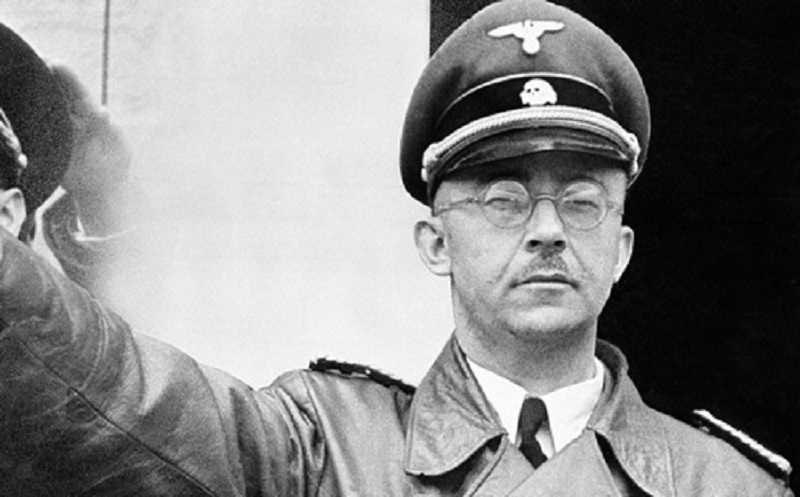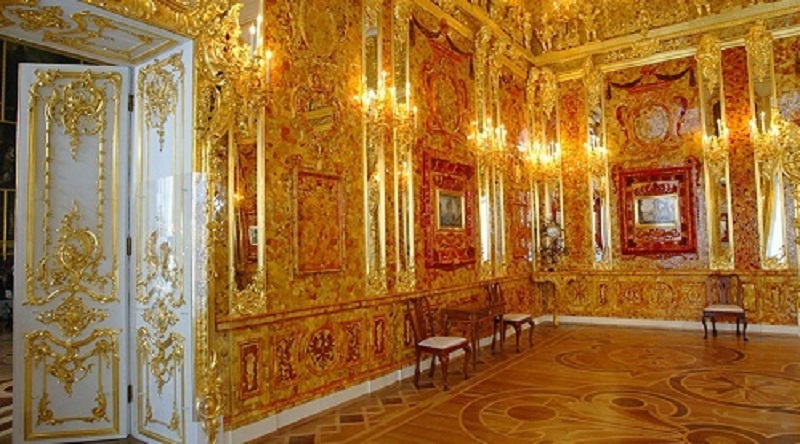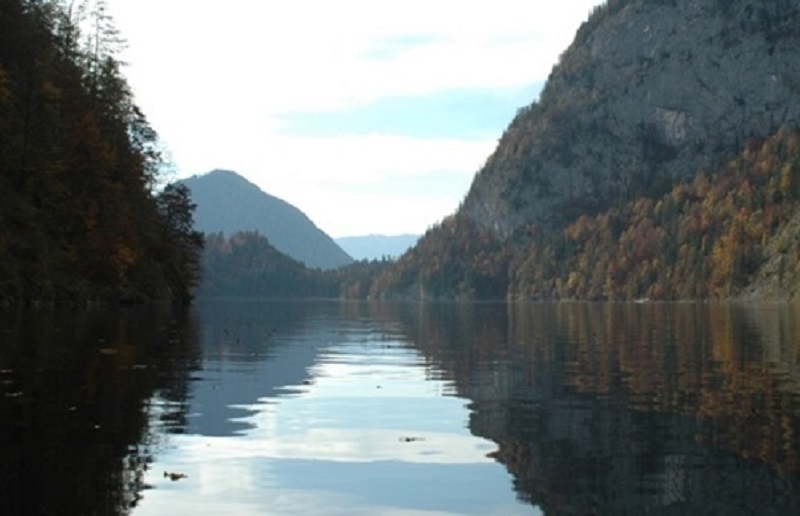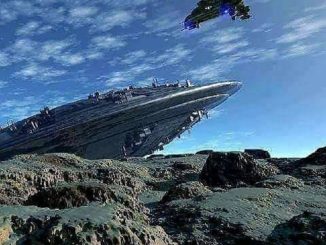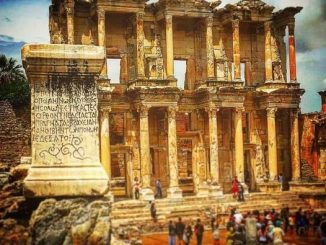The treasures that the Nazis hid, whose whereabouts are still unknown, are said to be worth up to 37 billion USD.
In 1945, after Germany’s defeat by the Allies in World War II, the fascist leaders at that time became extremely confused and quickly found ways to hide the huge amount of treasure they had looted and occupied. won for 6 years. Priceless works of art, silver artifacts and hundreds of tons of gold are all hidden in secret mines or submerged at the bottom of lakes, according to War History Online.
The Allies discovered some treasure, but up to $37 billion worth of treasure is still missing. Some people in the city of Walbrzych, Poland, last year claimed to have discovered traces of a train carrying gold from Nazi Germany. In 2012, a series of works of art worth up to 1.8 billion USD were also found in an apartment in Munich city. But this number still cannot be compared to the amount of lost Nazi treasure.
Silver jewelry warehouse worth 93 million USD
Heinrich Himmler, Marshal of the Nazi Guard. Photo: AP
Until now, treasure hunters are still busy searching for traces of a treasure trove of jewelry worth $93 million in the hills surrounding Wewelsburg castle, Germany. Heinrich Himmler, marshal of the Nazi guard, bought the castle before the war broke out. When things took a turn for the worse for the Nazis, Himmler is said to have hidden in some cave around the castle 9,200 silver rings belonging to members of the SS.
“I’ve been looking for them for the past 5 years. I guess the success rate is probably higher than playing the lottery. Besides, I can also enjoy fresh air, and this job is not dangerous at all.” “Who knows, one day I will be lucky,” Konrad Kienast, 44 years old, an employee of a gas company in the area, shared.
Hitler’s UFO and the Amber Room
Inside the reconstructed amber room in Russia. Photo: Reuters
Treasure hunting experts still believe that the Nazis in the past hid in the Jonas Valley, Ohrdruf town, central Germany, an atomic bomb belonging to Adolf Hitler, the amber room – a lost treasure. known as the 8th wonder of the world, countless artistic masterpieces and hundreds of tons of gold from the Reichsbank. They are stored in a secret tunnel system dug deep into the mountain.
After liberating Ohrdruf, the Americans classified and sealed all documents related to the above mentioned massive treasure. However, many people still flock here to find luck. Every weekend, local authorities arrest scores of treasure hunters trying to enter the area.
Martin Stade, an experienced treasure hunter, also believes that Hitler created many disc-shaped unidentified flying objects (UFOs) in bunkers scattered here.
Gold warehouse of 100 million USD
Many people speculate that the Nazis in the past threw into Walchen Lake a large amount of gold worth about 100 million USD. Located in a rural area near Munich, Walchen is one of Germany’s largest and deepest lakes. Local people said that around April 1945, a month before the fall of Nazi Germany, they saw many groups of soldiers gathering by the lake. Some video recordings in the archive also recorded Himmler commanding three escorted trucks in the dark from Berlin to Bavaria at the exact time people said they saw soldiers on the lakeside.
Warehouse of gold, jewelry, and antique stamps worth 84 million USD
Luner Lake is also a place that treasure hunters often visit. According to them, this is where the Nazis hid the gold and jewelry confiscated from prisoners at the Dachau reeducation camp. It is estimated that the value of this treasure is about 84 million USD.
After the war ended, nearly 1,200 Nazi war criminals were believed to be imprisoned near the lake. Wilhelm Gross, a doctor whose job was to care for prisoners, once mentioned that one of the more than 1,000 prisoners mentioned above told him that there was a lot of “gold, jewelry and rare stamps” buried around the lake. .
Edward Greger, an American intelligence officer, in the early 50s planned to search for this treasure, but in 1956, a dam in the area broke, causing the entire area around the lake to be submerged under water. The plan therefore stopped.
Gold from the Reichsbank
Toplitz Lake, Austria, the location where Nazi Germany allegedly hid gold from the Reichsbank worth up to 5.6 billion USD. Photo: War History Online
Treasure hunters believe that Austria’s Toplitz Lake is also the place where the Nazis chose to hide their gold. The value of this gold can be up to 5.6 billion USD. They are believed to belong to Nazi Germany’s central bank, the Reichsbank.
In 1959, people also found many safes here containing fake British pounds with a converted value of about 134 million USD. Hitler once intended to use these coins to destroy the British economy. However, the above amount of gold is still without a trace.
Priceless art treasure
Many people believe that a silver mine near the old border between Czech and Germany is where hundreds of artistic masterpieces by artists such as Monet, Manet and Cezanne are buried.
These paintings are mainly in the Hatvany collection of Baron Ferenc Hatvany, one of the leading Hungarian Jewish industrialists and art patrons.
Adolf Eichmann, the “chief architect” of the genocide, linked to the deaths of 6 million Jews in Europe, ordered the robbery of 250 to 500 works from the above collection to bring back to Germany.
Burjkhart List, a historian in Vienna, Austria, also discovered a series of documents in the Nazi archives showing that a large number of works in the Hatvany collection were moved to secret rooms where they were discovered. The Nazis built construction on the Erzgebirge mountain range. However, up to now, people have only found here machine guns, gas masks, detonators and a key to the safety deposit box.
18 barrels of gold worth 1.8 billion USD
Folk legend has it that Stolpsee Lake, near the city of Berlin, is where the Nazis hid 18 barrels of gold under 15 m deep water. According to witnesses, Polish slaves in the past helped the Nazis throw the gold into the lake, but were later executed.
In 1986, secret police from the German Ministry of State Security (Stasi) attempted to find this treasure but failed. In 2013, the German government sponsored an Israeli researcher to use ultrasound equipment to detect the gold but was also unsuccessful.
